4-(Methylmercapto)aniline
Synonym(s):4-(Methylmercapto)aniline;4-Aminothioanisole
- CAS NO.:104-96-1
- Empirical Formula: C7H9NS
- Molecular Weight: 139.22
- MDL number: MFCD00007889
- EINECS: 203-256-3
- SAFETY DATA SHEET (SDS)
- Update Date: 2024-12-18 14:15:32

What is 4-(Methylmercapto)aniline?
Chemical properties
clear orange to brown-red liquid
Definition
ChEBI: 4-(methylthio) aniline is an aryl sulfide.
Synthesis Reference(s)
Tetrahedron Letters, 35, p. 7867, 1994 DOI: 10.1016/0040-4039(94)80139-8
Safety Profile
Moderately toxic by ingestion.When heated to decomposition it emits toxic vapors ofNOx and SOx.
Purification Methods
Purify the aniline by fractional distillation in an inert atmosphere. The hydrochloride has m 242-246o (from aqueous EtOH/HCl). The sulfone has m 137o (from H2O), pK2 5 1.48, and the sulfone hydrochloride has m 260-261o (from aqueous EtOH/HCl). [Lumbroso & Passerini Bull Soc Chim Fr 311 1957, Mangini & Passerini J Chem Soc 4954 1956, Beilstein 13 H 533, 13 II 297, 13 IV 1221.]
Properties of 4-(Methylmercapto)aniline
| Melting point: | 156-158 °C |
| Boiling point: | 272-273 °C(lit.) |
| Density | 1.119 g/mL at 25 °C(lit.) |
| refractive index | n |
| Flash point: | >230 °F |
| storage temp. | Keep in dark place,Inert atmosphere,Room temperature |
| form | Liquid |
| pka | 4.35(at 25℃) |
| color | Clear orange to brown-red |
| Sensitive | Stench |
| BRN | 774506 |
| InChI | InChI=1S/C7H9NS/c1-9-7-4-2-6(8)3-5-7/h2-5H,8H2,1H3 |
| CAS DataBase Reference | 104-96-1(CAS DataBase Reference) |
| NIST Chemistry Reference | 4-Methylmercaptoaniline(104-96-1) |
| EPA Substance Registry System | Benzenamine, 4-(methylthio)- (104-96-1) |
Safety information for 4-(Methylmercapto)aniline
| Signal word | Warning |
| Pictogram(s) |
 Exclamation Mark Irritant GHS07 |
| GHS Hazard Statements |
H315:Skin corrosion/irritation H319:Serious eye damage/eye irritation H335:Specific target organ toxicity, single exposure;Respiratory tract irritation |
| Precautionary Statement Codes |
P261:Avoid breathing dust/fume/gas/mist/vapours/spray. P264:Wash hands thoroughly after handling. P264:Wash skin thouroughly after handling. P271:Use only outdoors or in a well-ventilated area. P280:Wear protective gloves/protective clothing/eye protection/face protection. P302+P352:IF ON SKIN: wash with plenty of soap and water. P305+P351+P338:IF IN EYES: Rinse cautiously with water for several minutes. Remove contact lenses, if present and easy to do. Continuerinsing. |
Computed Descriptors for 4-(Methylmercapto)aniline
| InChIKey | YKFROQCFVXOUPW-UHFFFAOYSA-N |
| SMILES | C1(N)=CC=C(SC)C=C1 |
New Products
Tert-butyl bis(2-chloroethyl)carbamate (S)-3-Aminobutanenitrile hydrochloride N-Boc-D-alaninol N-BOC-D/L-ALANINOL N-octanoyl benzotriazole 4-Hydrazinobenzoic acid 3,4-Dibenzyloxybenzaldehyde Electrolytic Iron Powder 1,1’-CARBONYLDIIMIDAZOLE R-2-BENZYLOXY PROPIONIC ACID 4-HYDROXY BENZYL ALCOHOL 1,1’-CARBONYLDI (1,2-4 TRIAZOLE) S-2-CHLORO PROPIONIC ACID (2-Hydroxyphenyl)acetonitrile 4-Bromopyrazole 5-BROMO-2CYANO PYRIDINE 5,6-Dimethoxyindanone 5-broMo-2-chloro-N-cyclopentylpyriMidin-4-aMine 3-(Hydroxymethyl)benzoate N-Boc-2-chloroethylamine 1-Bromo-2-methoxy-3-nitrobenzene N-Methyl-3-cyclopenten-1-amine 2-Bromo-3-hydroxybenzaldehyde 1H-indazole-5-carboxamideRelated products of tetrahydrofuran
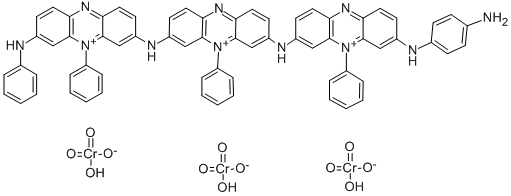
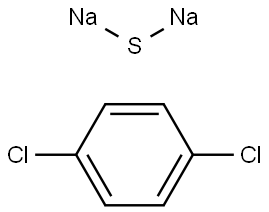


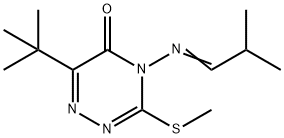
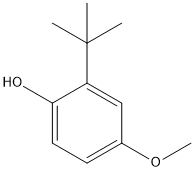


You may like
-
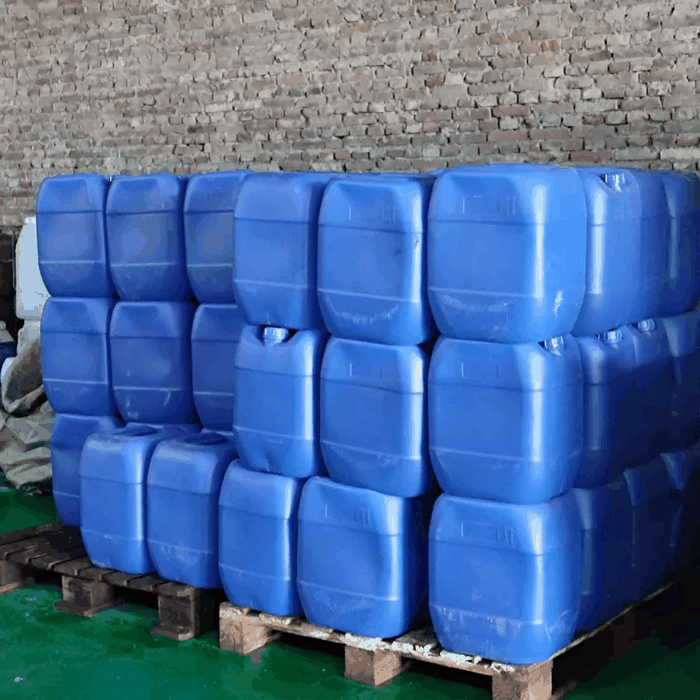 104-96-1 4-(Methylthio)aniline 98%View Details
104-96-1 4-(Methylthio)aniline 98%View Details
104-96-1 -
 4-(Methylthio)aniline CAS 104-96-1View Details
4-(Methylthio)aniline CAS 104-96-1View Details
104-96-1 -
 4-(Methylthio)aniline CAS 104-96-1View Details
4-(Methylthio)aniline CAS 104-96-1View Details
104-96-1 -
 4-(Methylthio)aniline CAS 104-96-1View Details
4-(Methylthio)aniline CAS 104-96-1View Details
104-96-1 -
 7441-43-2 98%View Details
7441-43-2 98%View Details
7441-43-2 -
 1260741-78-3 6-Bromo-3-iodo-1-methyl-1H-indazole 98%View Details
1260741-78-3 6-Bromo-3-iodo-1-methyl-1H-indazole 98%View Details
1260741-78-3 -
 2490430-37-8 98%View Details
2490430-37-8 98%View Details
2490430-37-8 -
 N-(5-Amino-2-methylphenyl)acetamide 5434-30-0 98%View Details
N-(5-Amino-2-methylphenyl)acetamide 5434-30-0 98%View Details
5434-30-0
Statement: All products displayed on this website are only used for non medical purposes such as industrial applications or scientific research, and cannot be used for clinical diagnosis or treatment of humans or animals. They are not medicinal or edible.